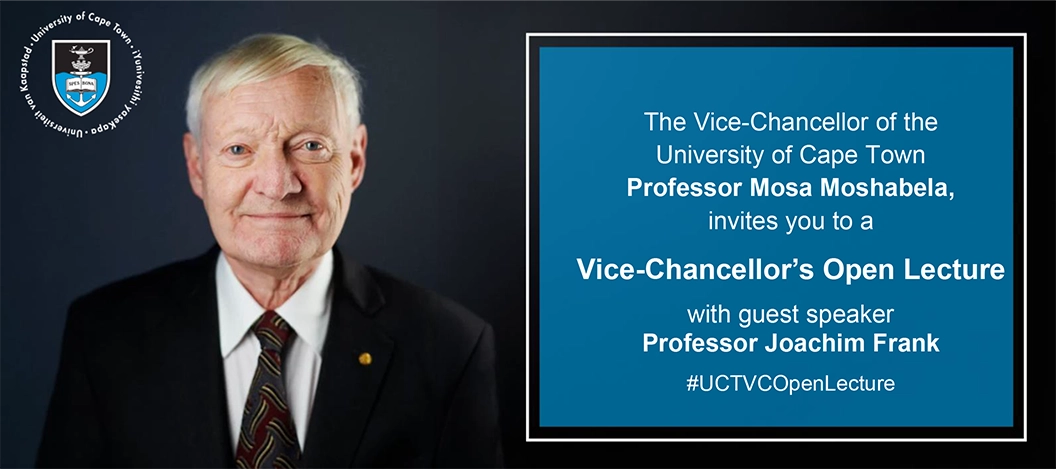Topic: Cryo-electron microscopy, a new foundation for molecular medicine and drug design
Time: 18:00 SAST
Venue: New Lecture Theatre (NLT), Residence Road, Upper Campus, University of Cape Town
Abstract:
Cryogenic electron microscopy (cryo-EM) has transformed the way we can study biological molecules as it enables us to determine structure of molecules freely suspended in solution (as “single particles”), and to gauge the way they change their shape as they interact with one another in the cell during life processes.
Freezing, by plunging the sample into a cryogen at liquid nitrogen temperature, is necessary to trap the molecules in a fixed position during imaging and to reduce the damage inflicted by the electrons in the process.
Following the introduction of novel cameras for detecting single electrons, near-atomic resolution has been achieved for many molecules and molecular machines of biomedical relevance, including ion channels and receptors. Thus cryo-EM has evolved to become a major technique in drug design. Most recently it has contributed in a crucial way to the development of vaccines and cures for COVID-19 and other pandemics.
